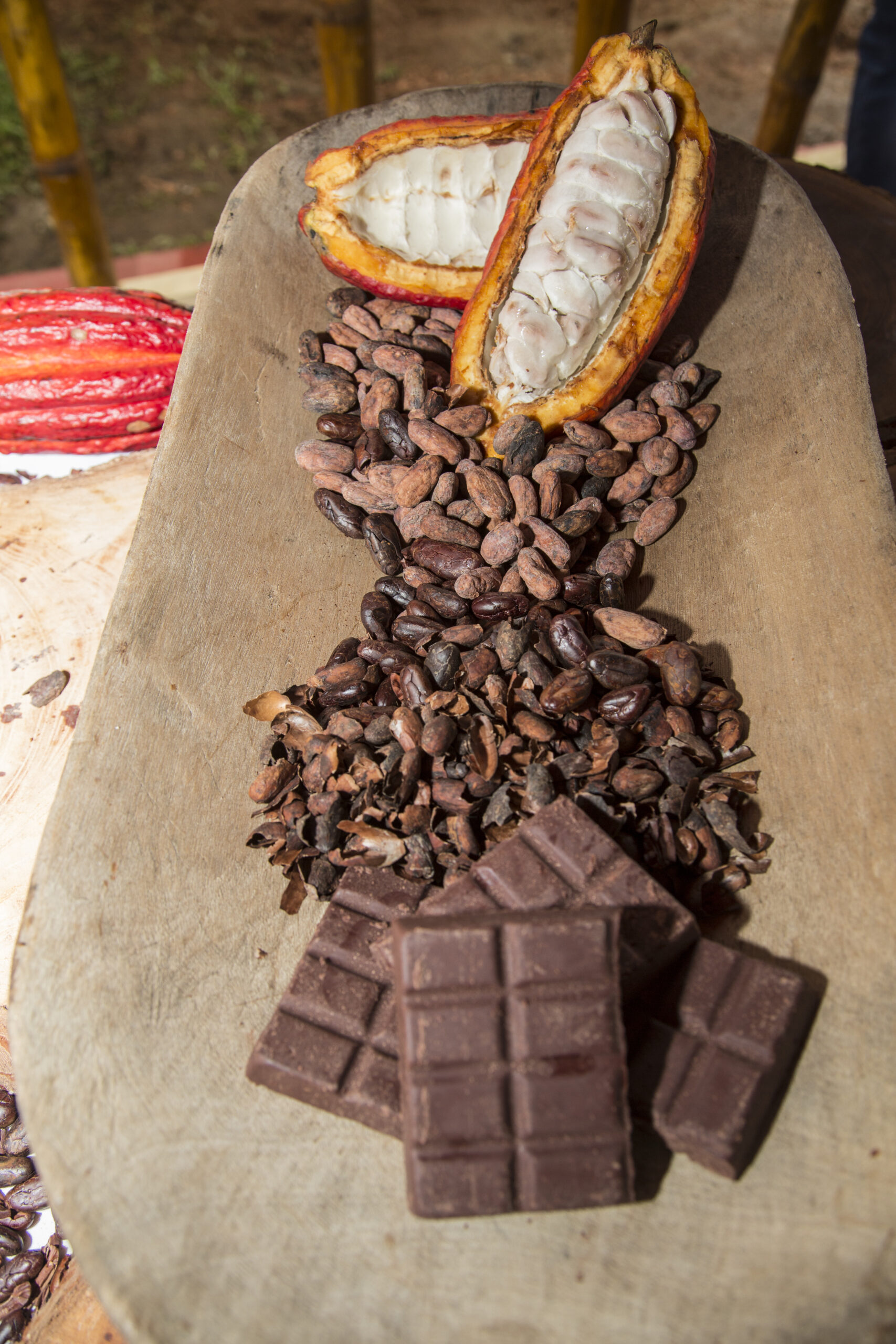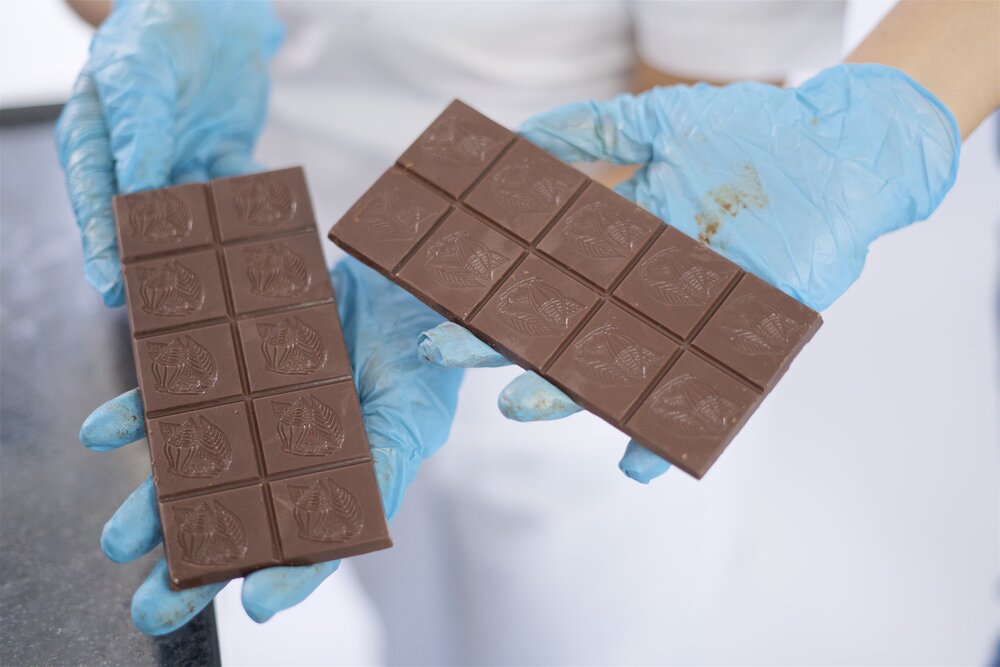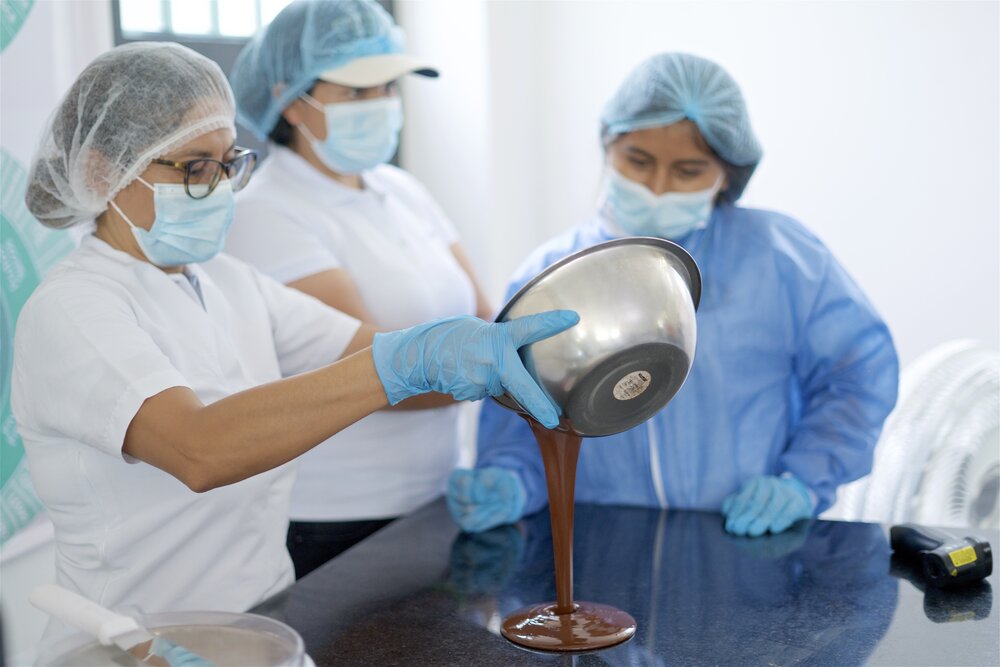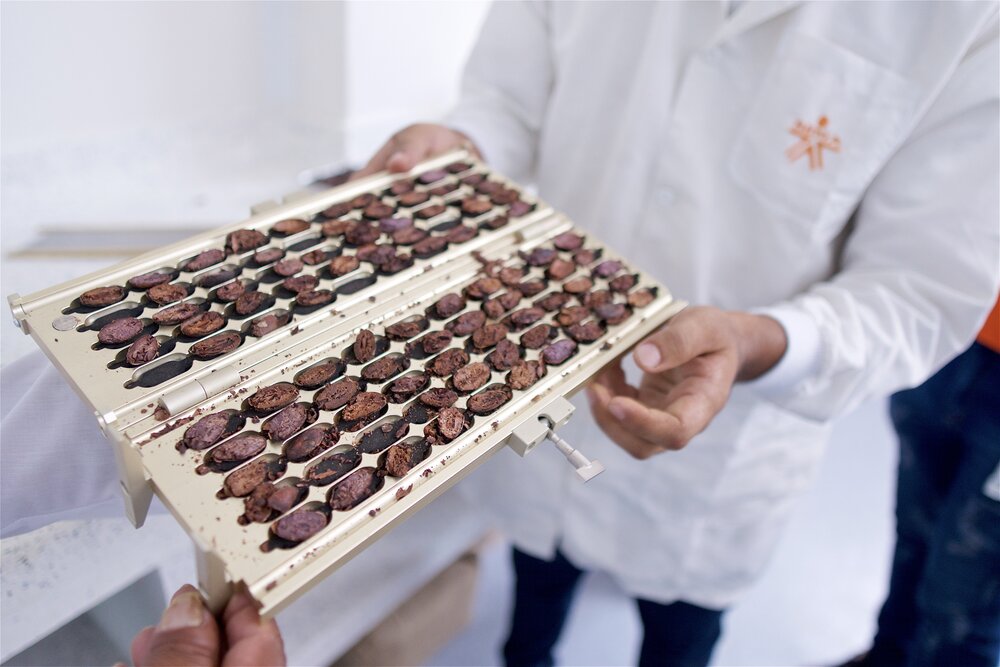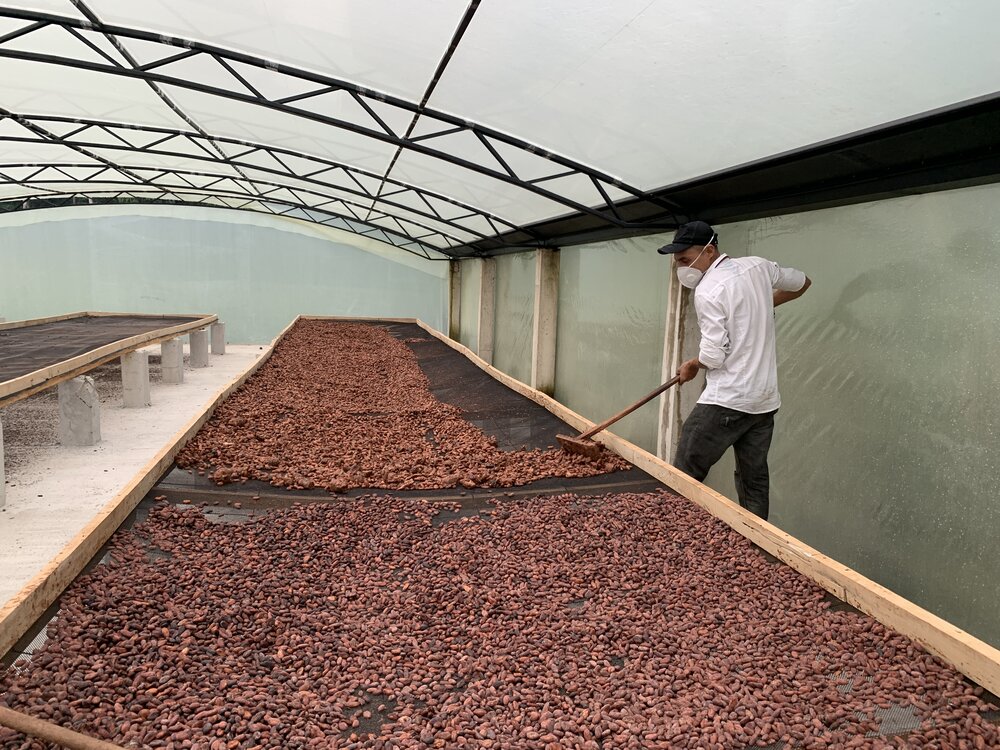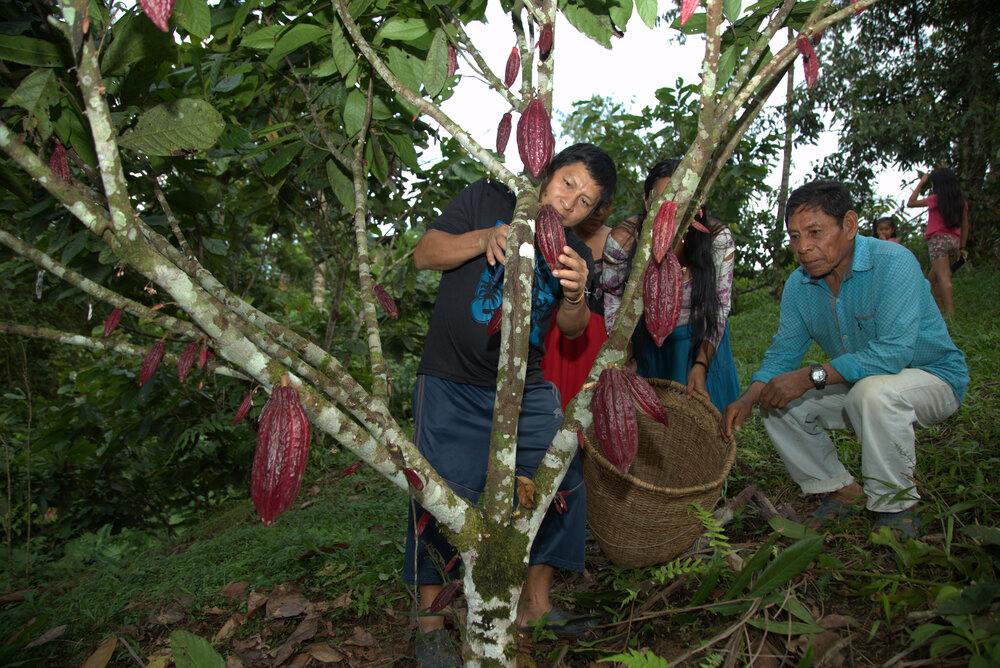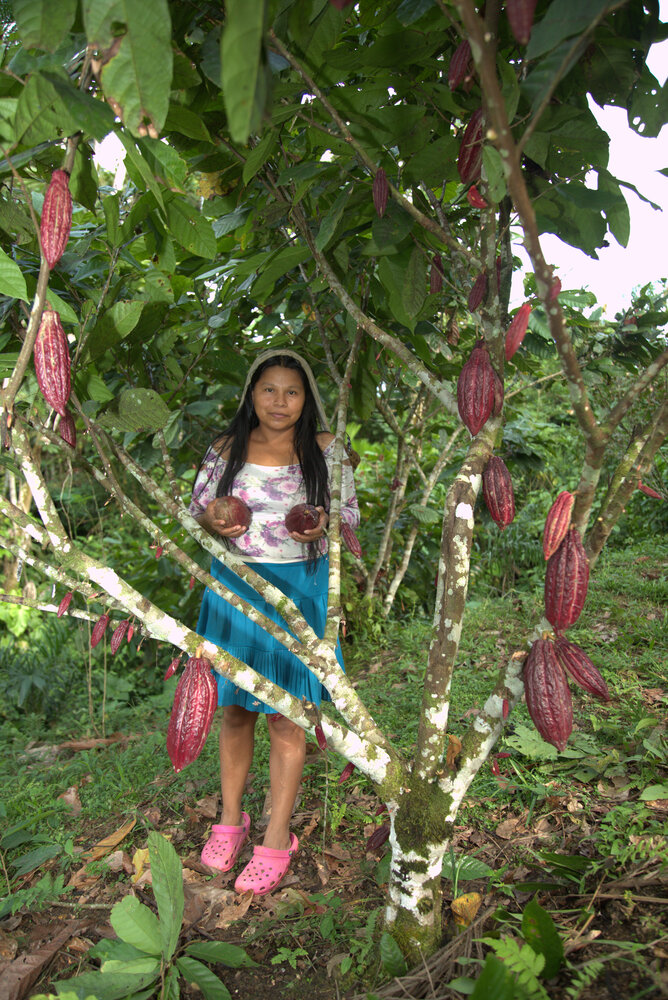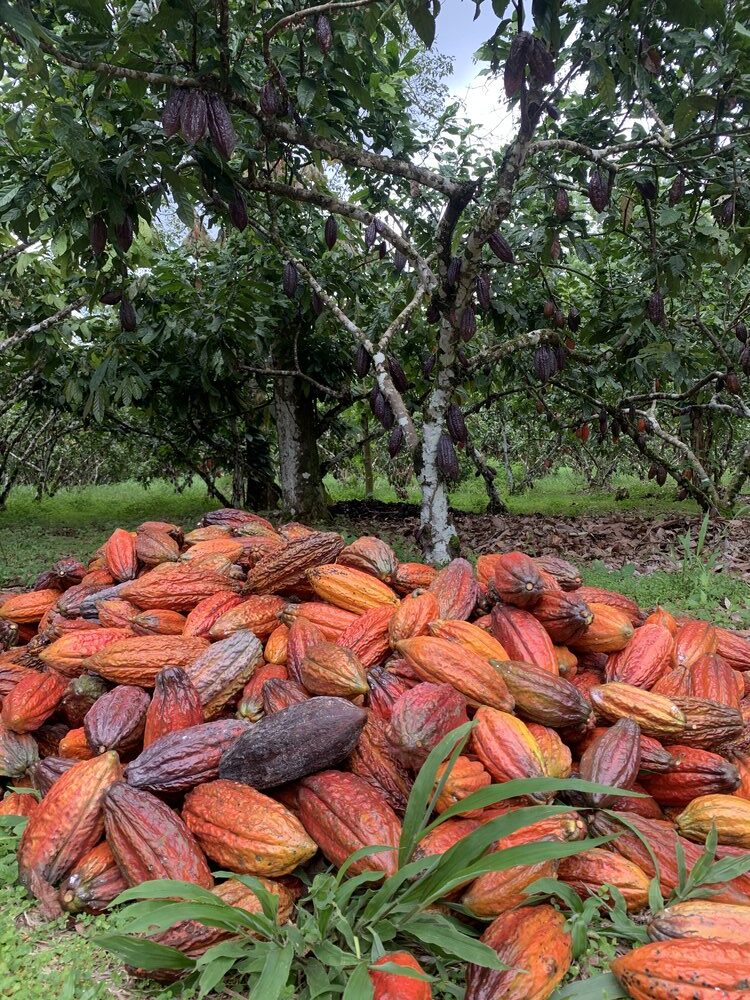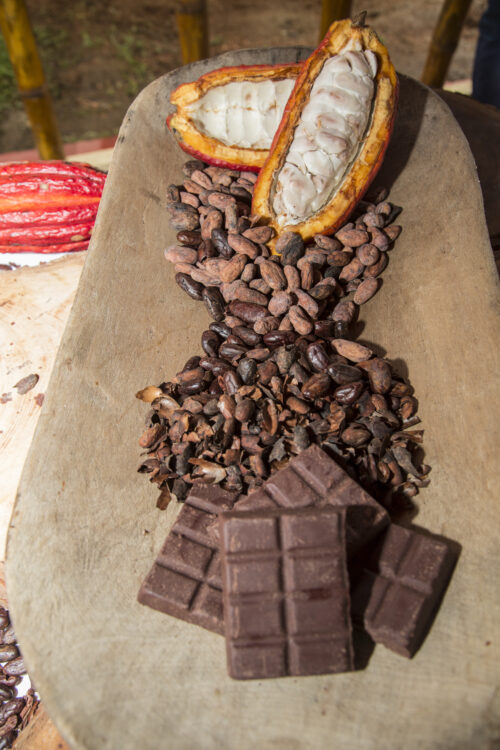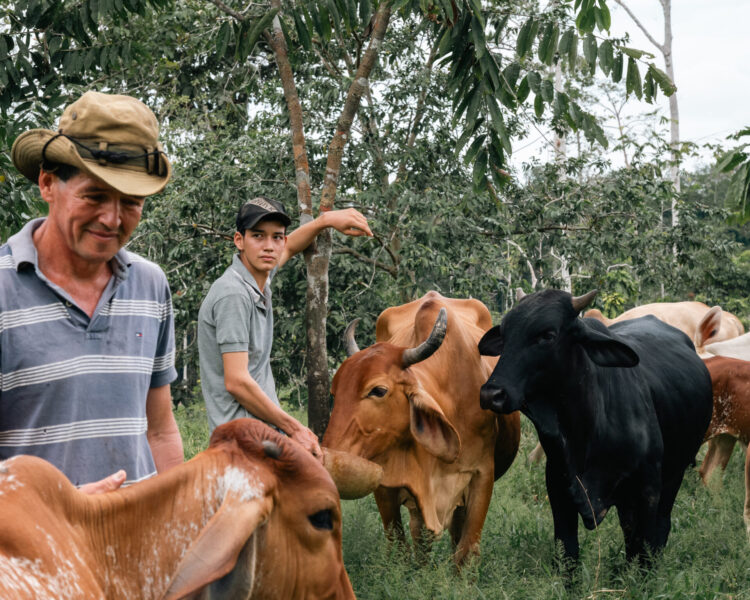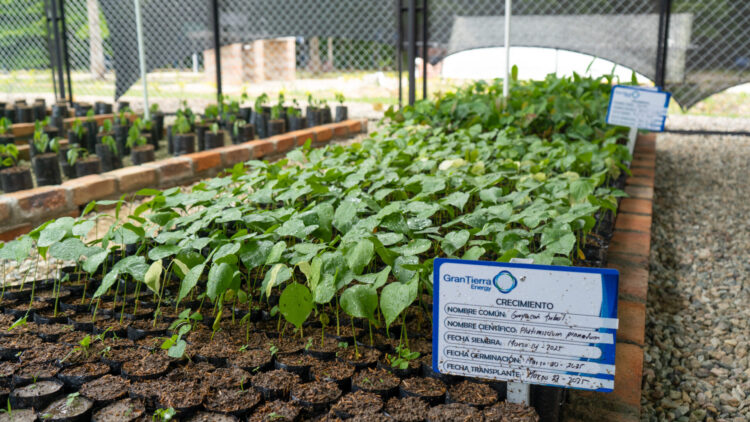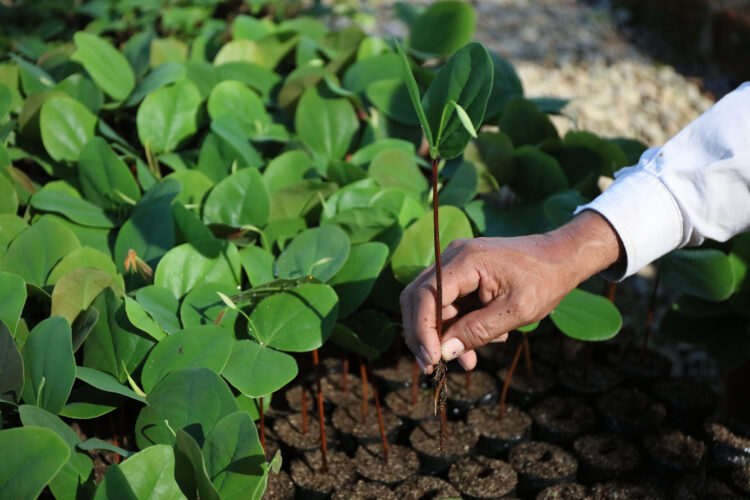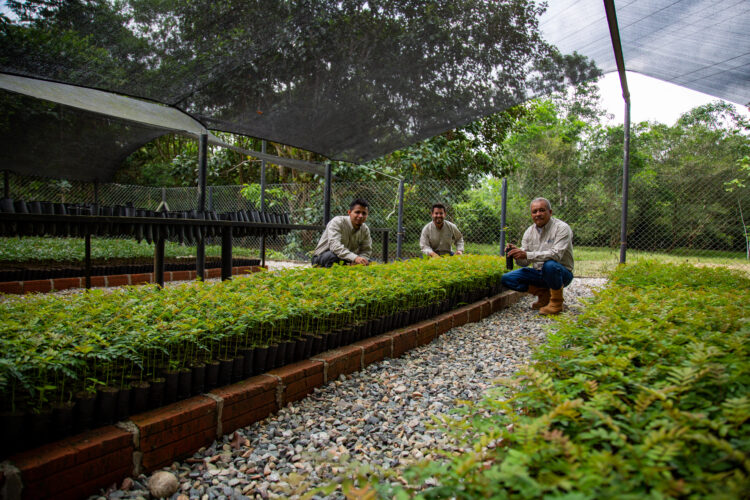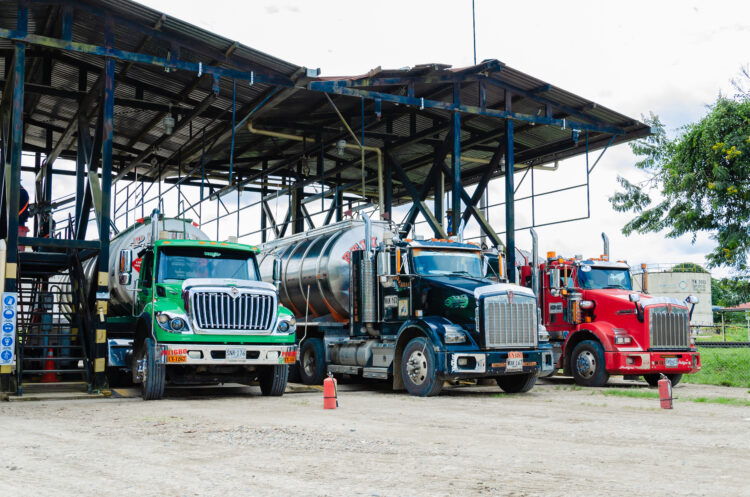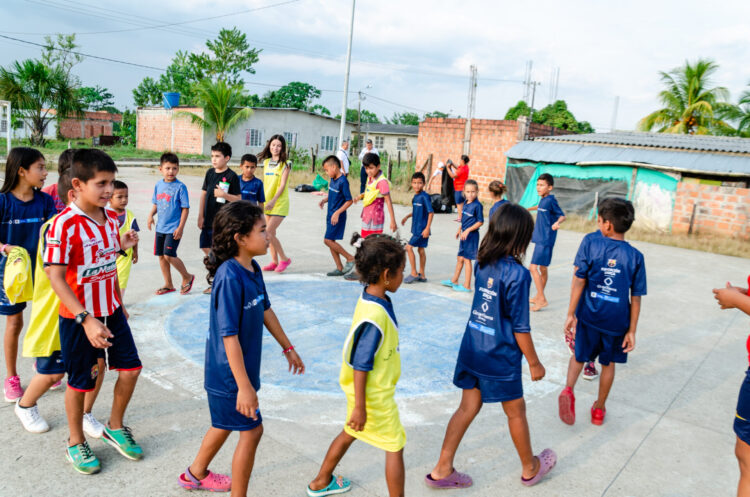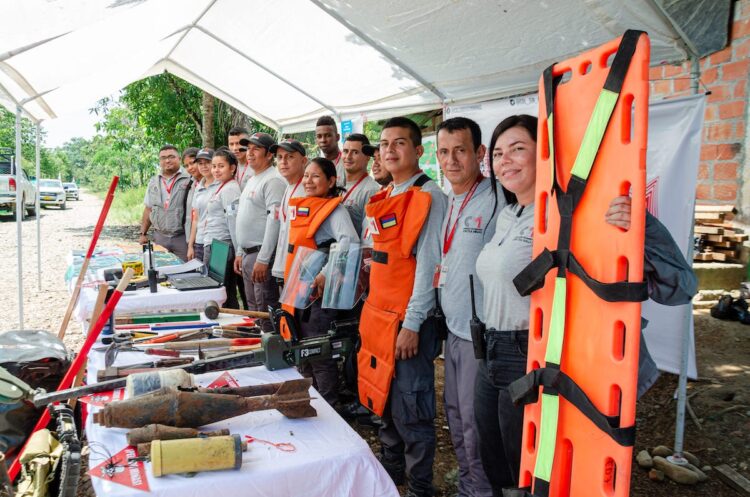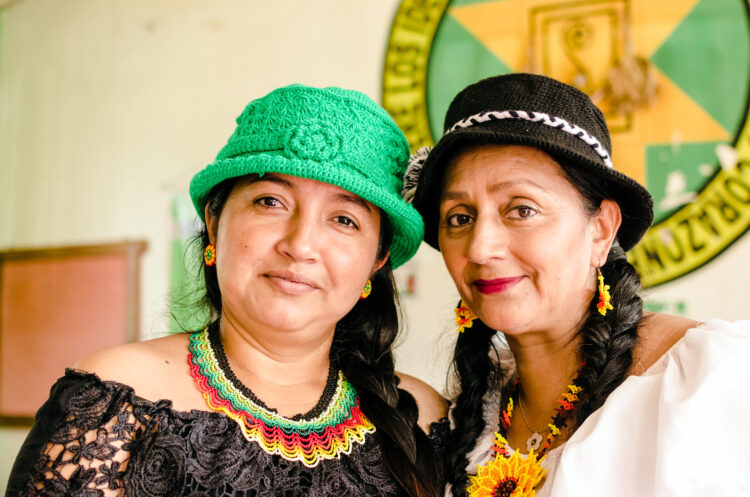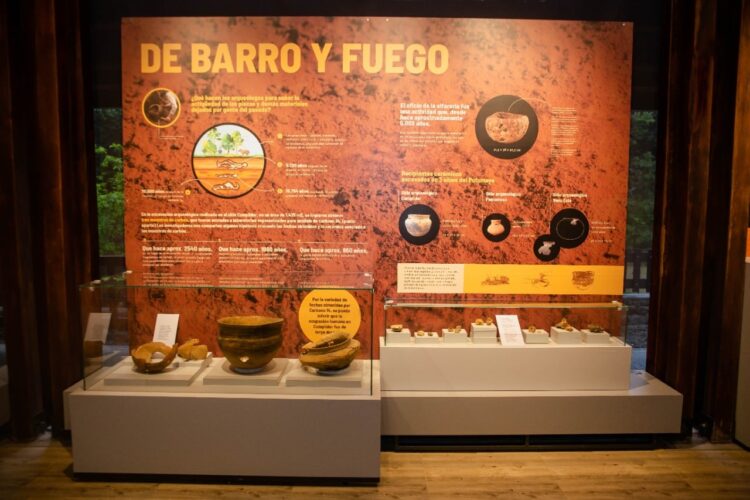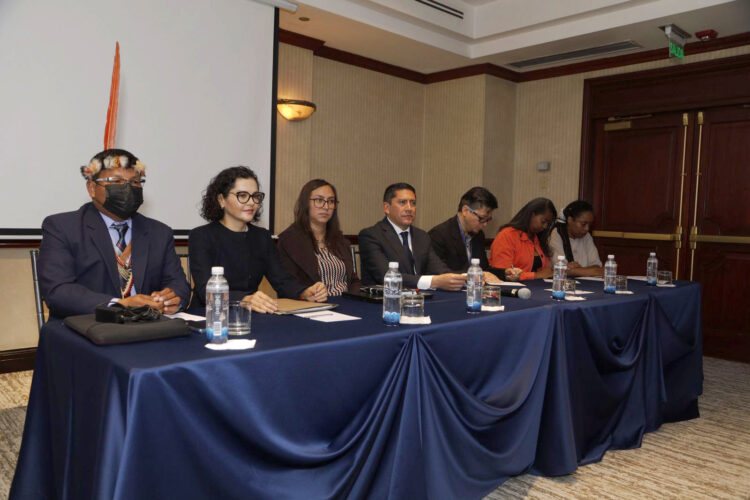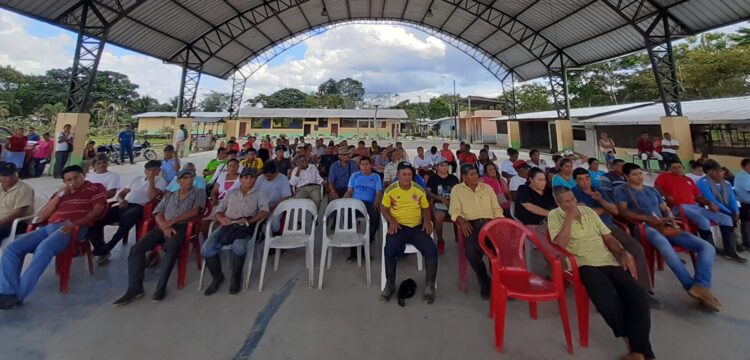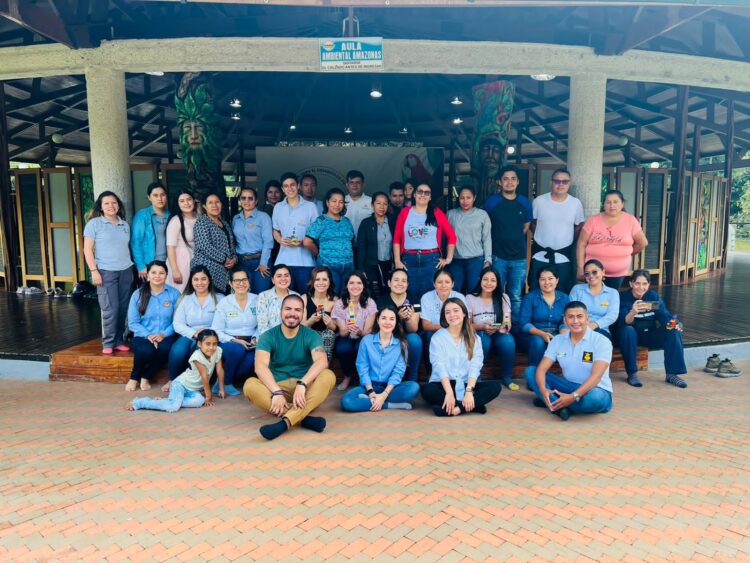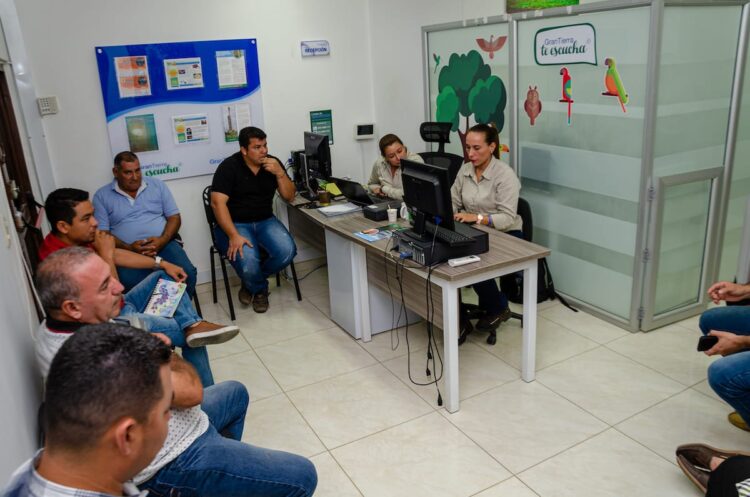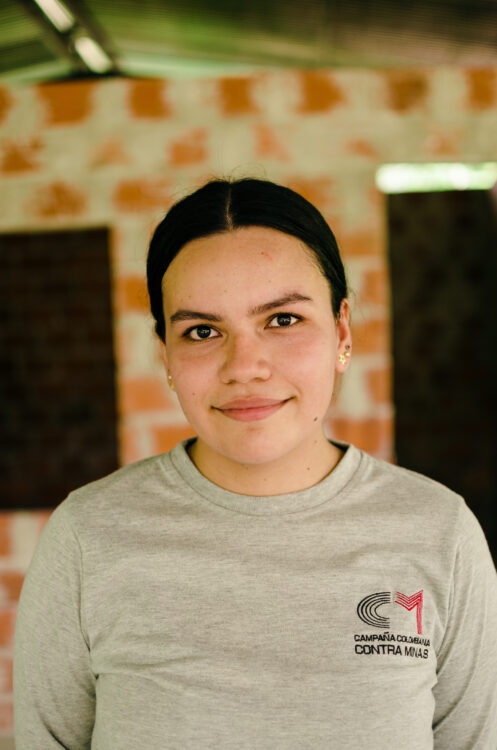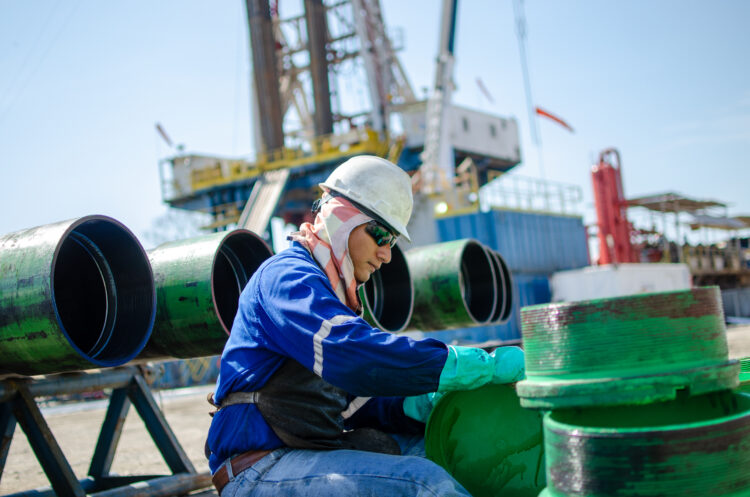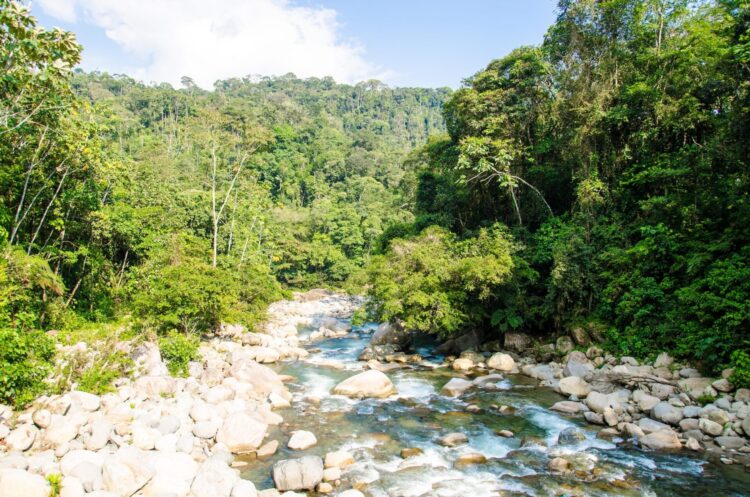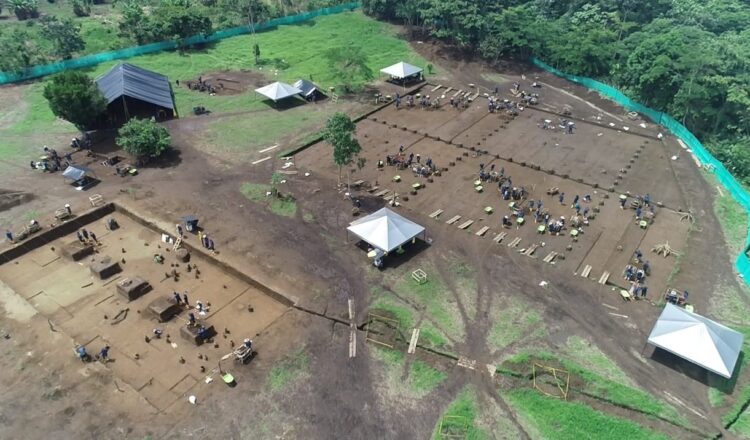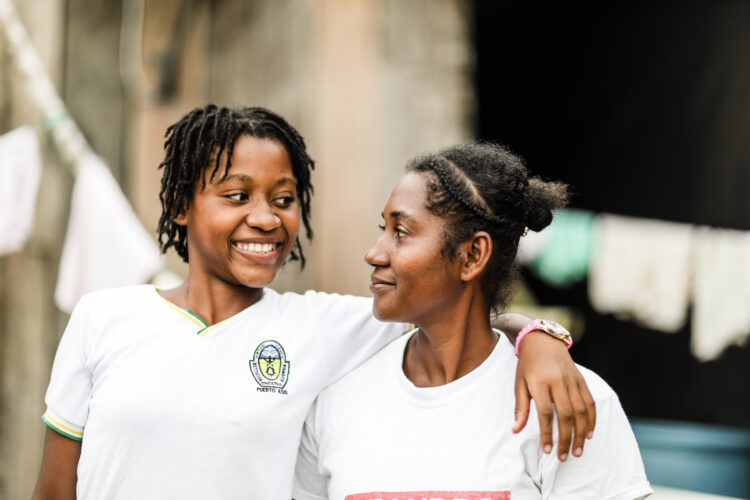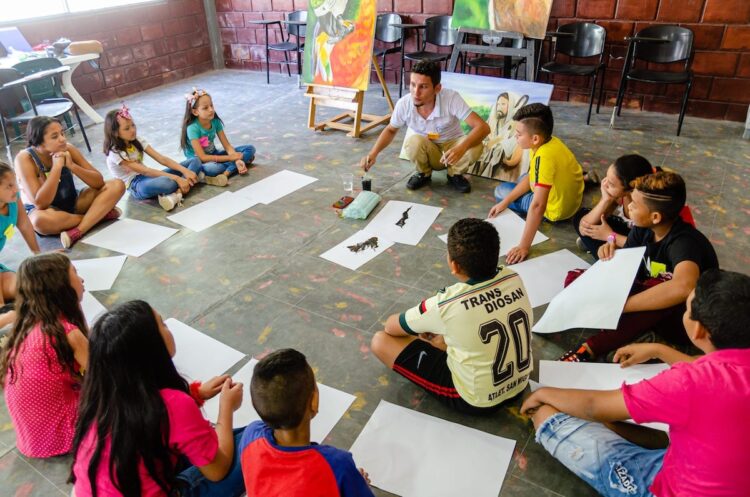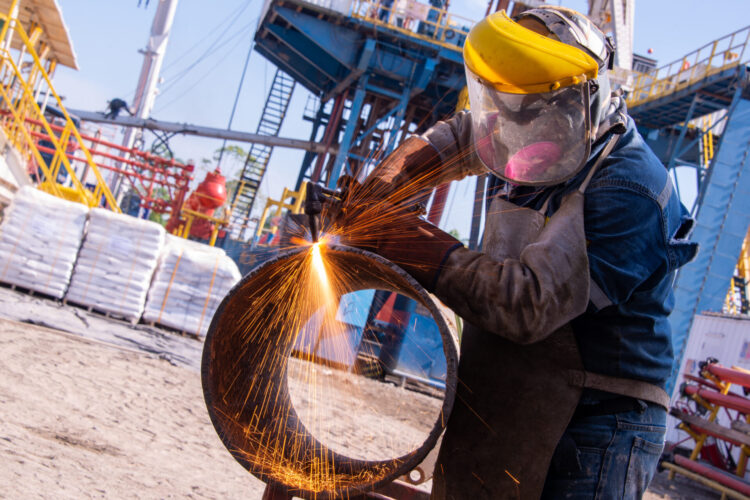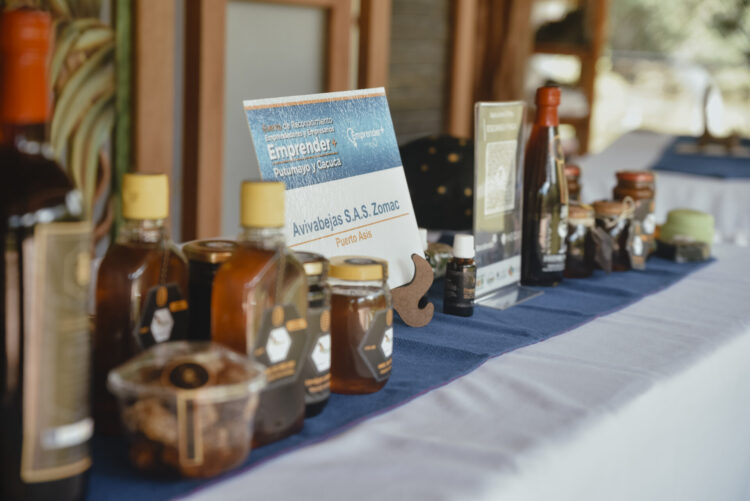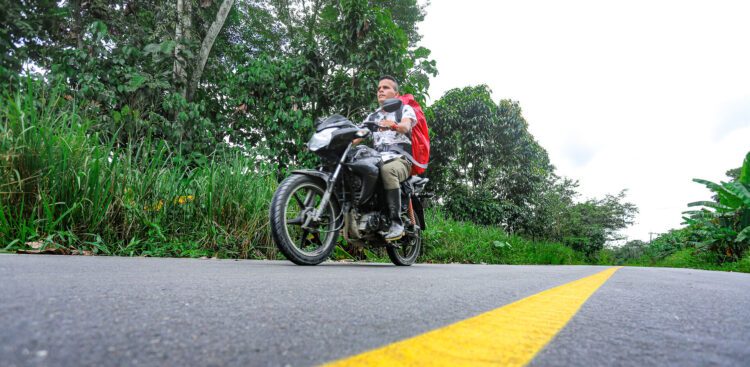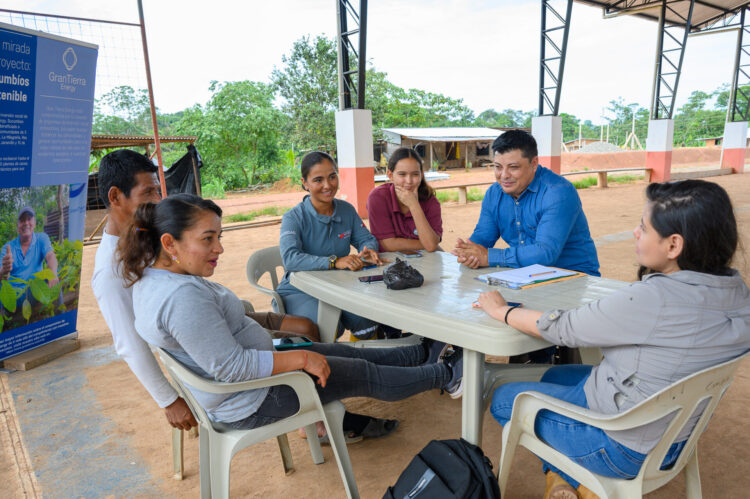After more than 50 years of conflict between the Colombian government and guerrilla forces ended in 2016, creating new, legal economic opportunities was essential to maintaining the peace effort. The cacao industry was identified as a significant opportunity because it offers a legal alternative to the many farmers who grow illicit coca. Colombia produces a particularly fine grade of cacao (the seeds from which chocolate is made), which is in short supply in world markets.
Agroemprende does this through the development of three key areas of the market chain. The first area is through the strengthening of local farmer cooperative associations, known in Colombia as “local associative enterprises”, in five Putumayo municipalities. These ground-based producer associations will come together to pool their production and will aggregate purchases, storage, and distribution taking advantage of volume discounts and utilizing other economies of scale.
Second, farmer associations are connected to new collection and purchasing points that are managed by producer associations. These collection centres are located strategically among member farms to receive dried cacao beans from association members and neighbouring cacao producers. The centres will not only collect the dried cacao beans, but they will also buy the dried beans directly from the farmers and then sell the gathered volumes to large scale buyers and local markets – replacing the role of intermediaries, who usually profit significantly more than the farmers themselves.
Finally, the Agroemprende program created one large regional cooperative association that gathers and represents local farmer associations. The regional cooperative association increases access to markets and competitiveness for local farmers. Cacao crops are negotiated at a larger economy of scale and have competitive access to national markets.
GTE has committed over $5 million USD through 2025 to the initiative which supports cacao growing family enterprises with equipment, seedlings, materials, and training. In 2024, 322 cacao-farming families directly benefited from the program, enabling them to leverage economics of scale, negotiate better working conditions, and secure stable crop pricing through training sessions. The value provided by the Agroemprende program goes beyond raw commodity sales, helping participants move toward higher-value market opportunities.
The Agroemprende initiative has a specific focus on the empowerment and resilience of women in the cacao business by developing and strengthening their technical capabilities. It also facilitates female access to land tenure so that they can become direct beneficiaries of existing and upcoming programs. In 2024, 33% of the participants were female.
In 2023, the Agroemprende program offered a competition to encourage students to learn about cacao cultivation. The winners were selected to attend an all-expenses paid trip to visit The Salon du Chocolat, a massive trade fair in Paris that welcomes more than 100,000 global visitors. Jhency Pesillo, member of Villagarzón cacao association ASOPROCAVIP, was one of the 2023 winners of the competition.
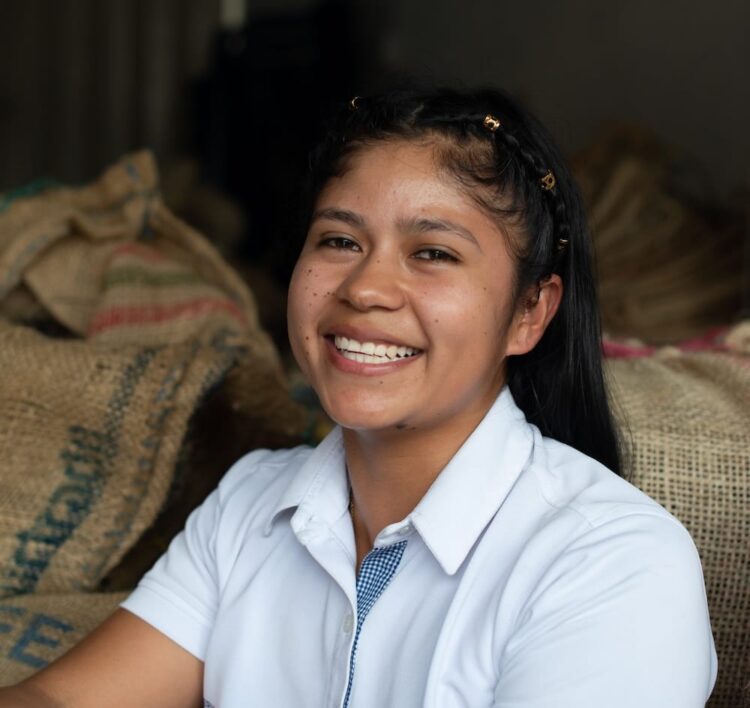
Project Highlights
- 78 cacao farms received organic certification, granting them access to premium markets in the U.S, Canada, Europe and Colombia, with an annual projection of 49 tons of cacao beans.
- The pre-cooperative Kausai Sacha was formed by 8 cacao producer organizations, establishing itself as the main cocoa buyer in the lower Putumayo, achieving a sales volume of 446 tons of cacao as of December 2024.
- Beneficiaries are from Puerto Asís, Puerto Caicedo, Mocoa, Villagarzón and Puerto Guzmán.
- Approval of protocols for three processing centres (located in the municipalities of Mocoa, Puerto Asís, and Valle del Guamuez) and five organic cacao purchasing points in the municipalities of Mocoa, Orito, Puerto Asís, and Valle del Guamuez.
- 80% of the financial execution has been completed. Technical goals for implementing new areas, renewing areas, and post-harvest systems were achieved at 100%. The technical staff provides support and advice to the crops.
- It wasn’t until 2022 that Putumayo cacao was sold for the first time ever at the Chocoshow, an international exhibition in the city of Bogotá. This changed the narrative that Putumayo cacao could not compete with quality standards from other regions.
0
farmers
322 cacao farmers have directly benefited from this program
0%
growth
Compared to 2020 and 2023, there has been an 139% increase in producer productivity
0
hectares
GTE has a total of 331 hectares of cacao under cultivation, including reserved hectares, through the Agroemprende program
SWIPE FOR MORE
